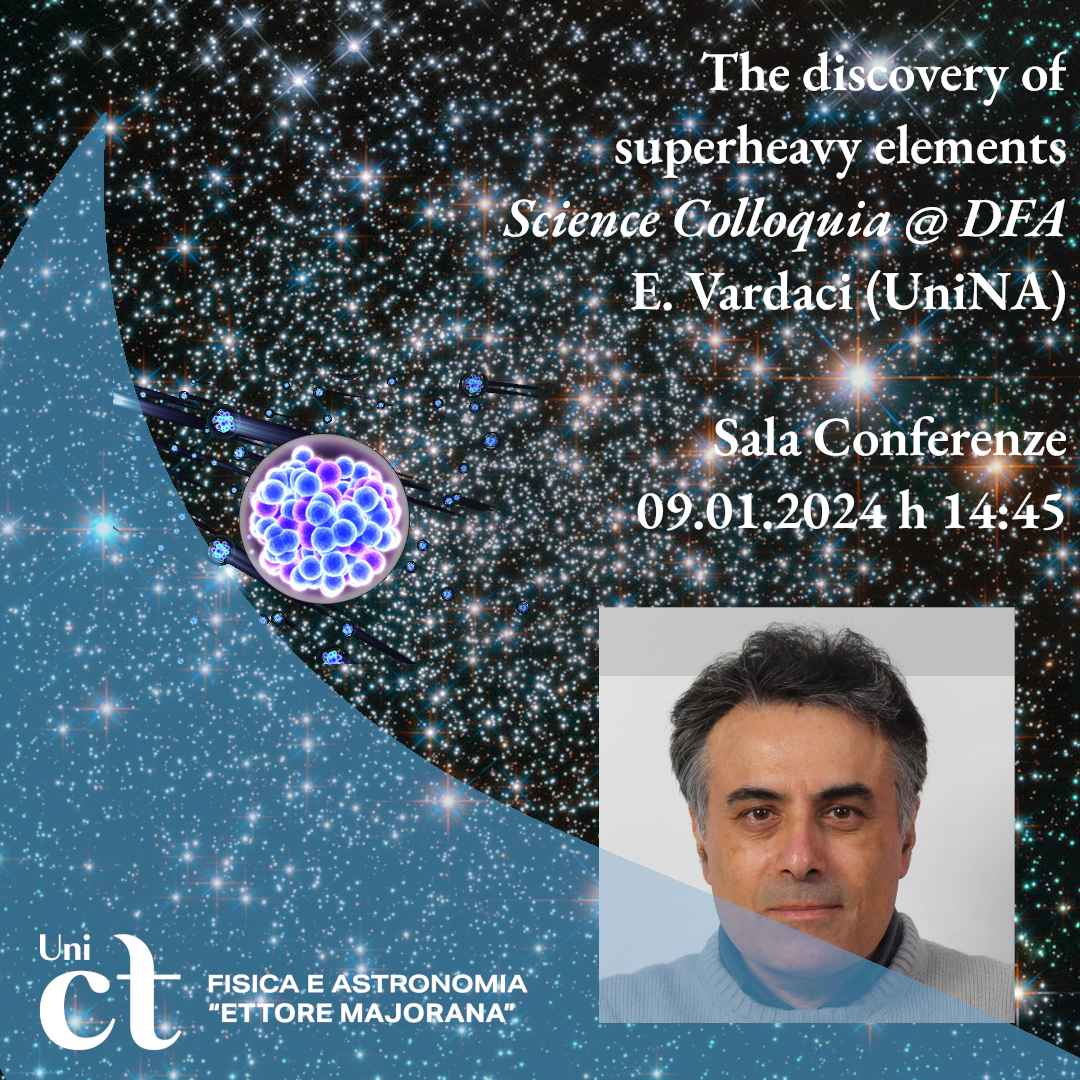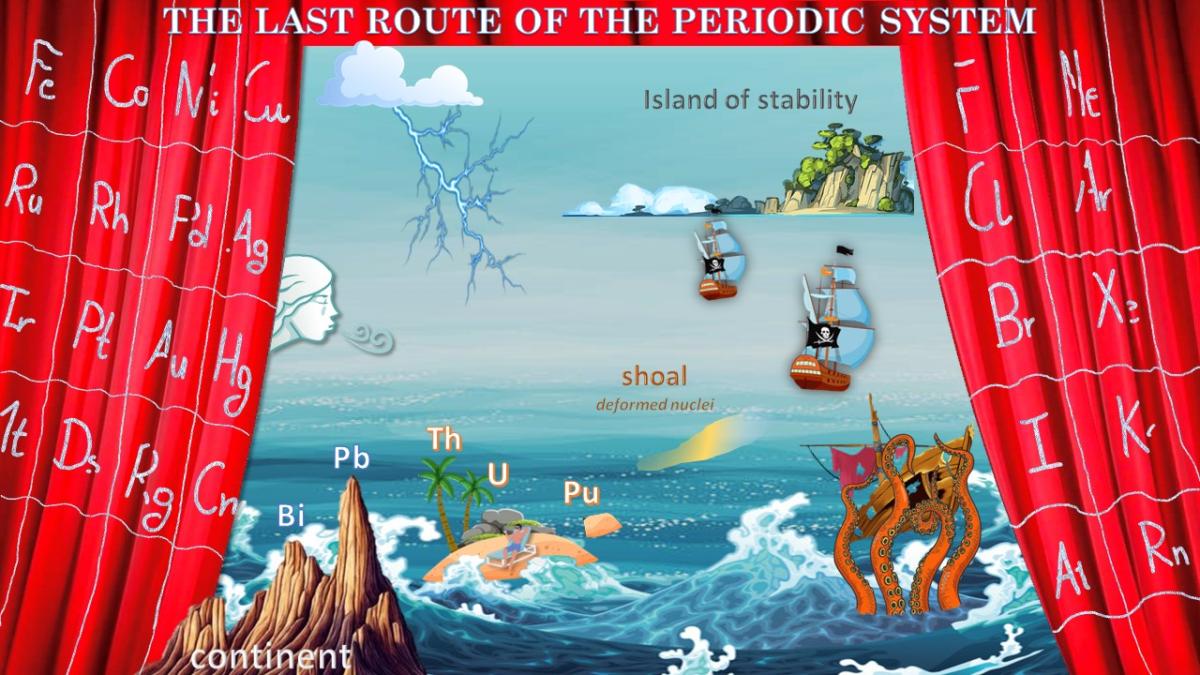The discovery of superheavy elements: state of the art and perspectives

Since the discovery of the atomic nucleus and of natural radioactivity at the beginning of the last century, the dream of nuclear physicists, still very much alive today, is to artificially produce new nuclei, and in particular those heavier than uranium, the heaviest element found in nature. The method used by Fermi was that of neutron capture followed by beta decay. This method soon showed its limitation due to the evidence of a new process, nuclear fission. The enormous progress in understanding nuclear reactions has led to the recent discovery of superheavy elements with atomic numbers Z from 112 to 118. However, these new nuclei do not have enough neutrons to land on the predicted island at Z=114 and N= 184. This presentation will illustrate the journey that led to the synthesis of the superheavy elements and the current one towards the island of stability.

